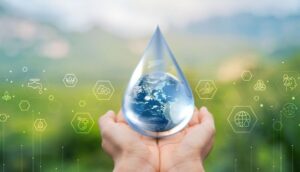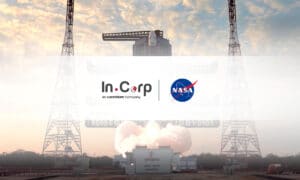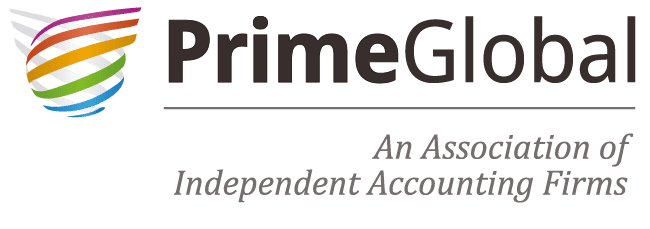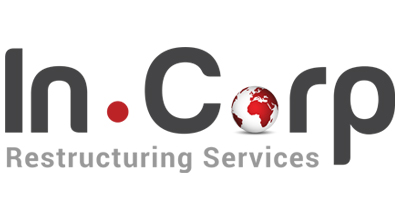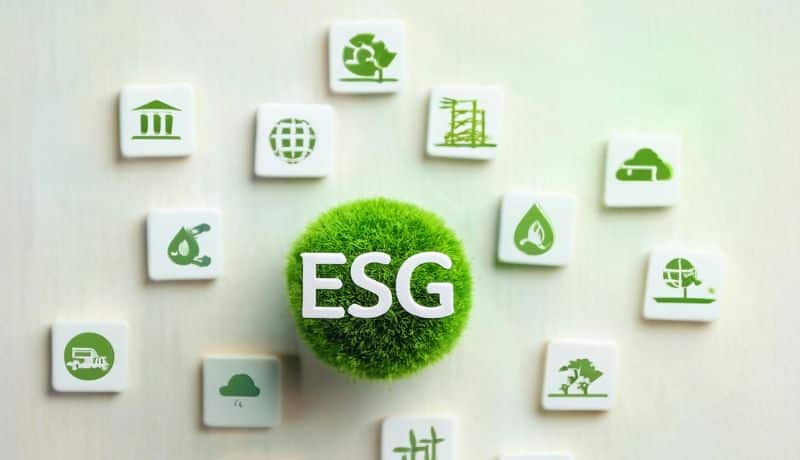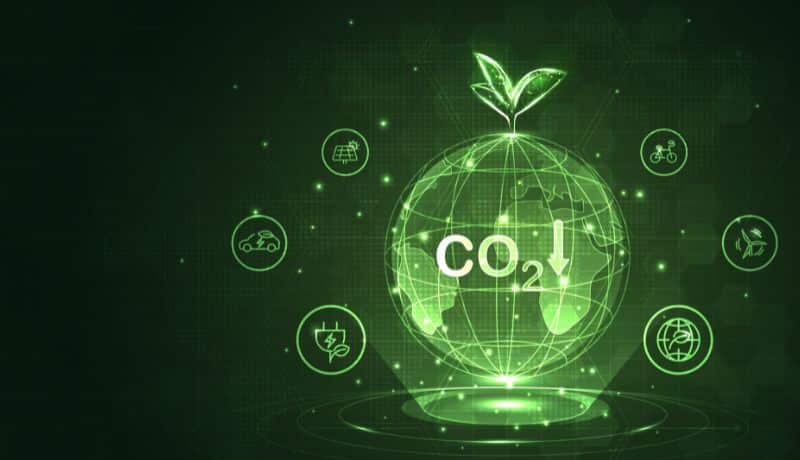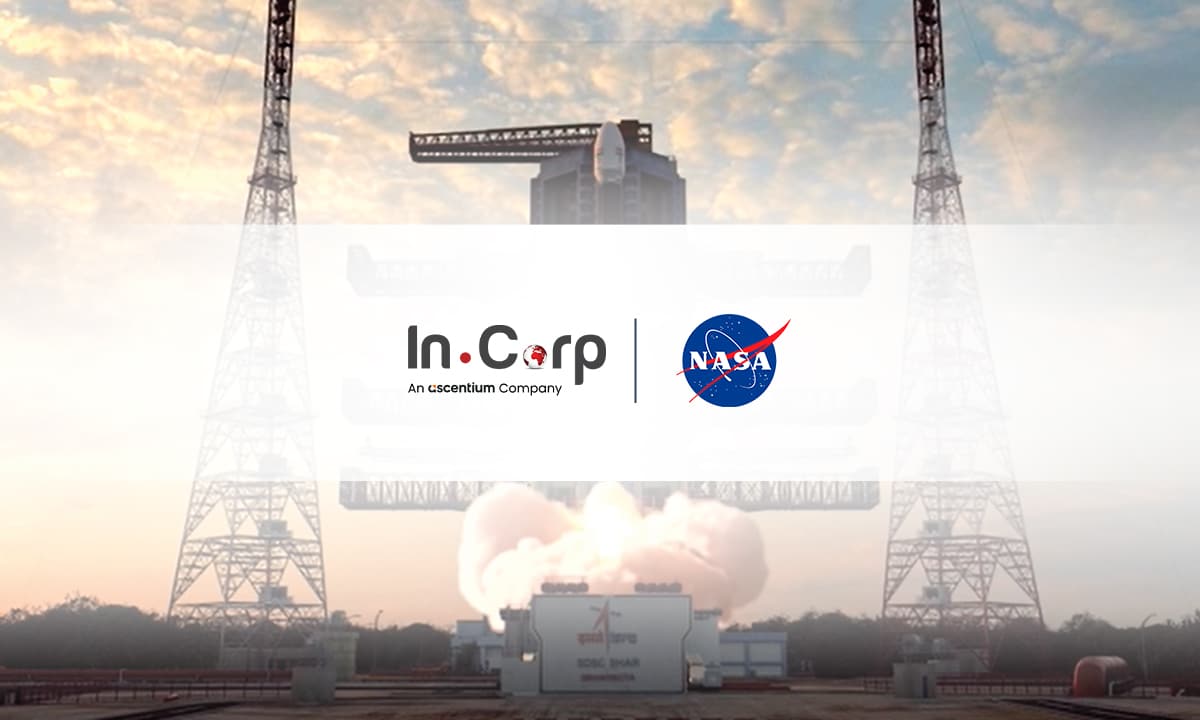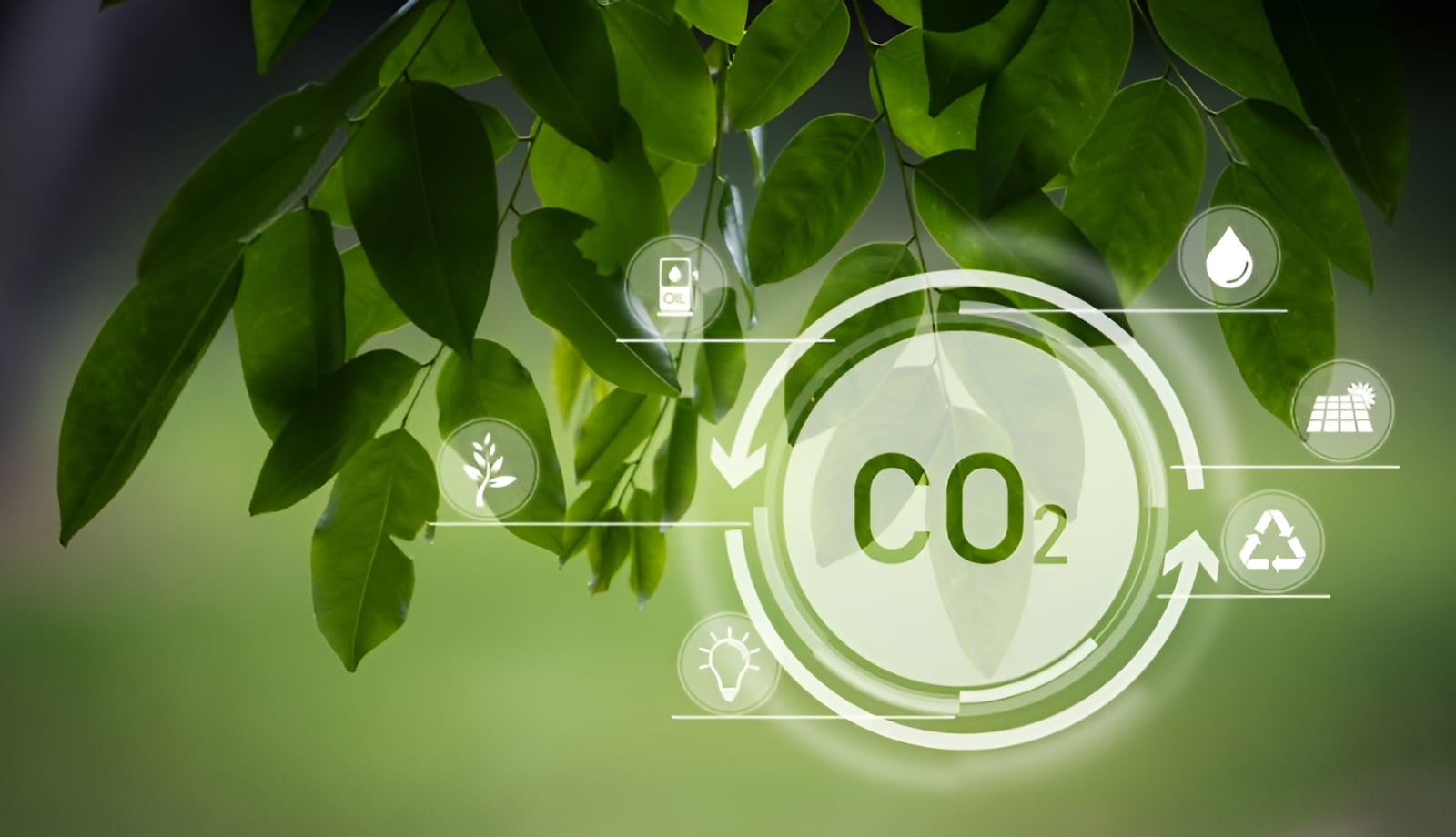Water-Risk Assessment: Importance and Benefits for Businesses
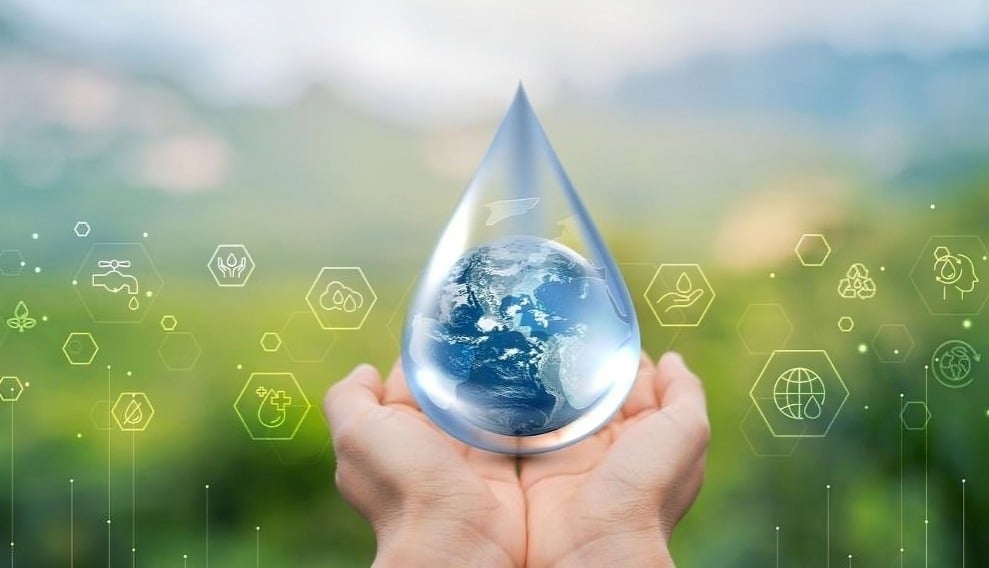
Water-Risk Assessment: Importance and Benefits for Businesses
Why Businesses Need Water Risk Assessments: The Importance of Water Risk Management for Sustainable Business Growth
- Authors
- Last Updated
- Tags
- Last Updated
- Authors
- Last Updated
- Tags
Water touches every aspect of development, and it links with nearly every Sustainable Development Goal. It drives economic growth, supports healthy ecosystems, and is essential and fundamental for life itself. – The World Bank Group, Water
Water resources are one of the most vulnerable natural resources in the era of climate change and rapid economic rise; it is facing multiple challenges. Roughly 90% of climate disasters are water related. Frequent floods and droughts are intensifying signs of climate change. It majorly impacts the livelihoods of lower and mid-income economies with recovery cost being unbearable.
‘SDG 6: Ensure Availability and Sustainable Management of Water and Sanitation for All’ is a dedicated sustainability goal defined by the United Nations. Eight actionable targets have been identified by the UN to be able to manage the water resources best at the given time by a collaborative approach. As we move ahead with the SDG 6 data portal and UN Water’s Integrated Monitoring Initiative for SDG 6 (IMI‑SDG6), the sustainable management and planning of water is crucial.
According to an article by 2030, Builders (World Water Day-Which industries consume water and why should we care?) by 2025, possibly half of the global population will reside in regions encountering water shortage. Within the next decade, nearly 700 million individuals might be forced to relocate due to severe water scarcity.
If we look at the industry-wise water consumption data, the agriculture industry is the most water intensive and tops the list. 70% of the world’s freshwater is used for agriculture. Water usage in this is largely due to agriculture’s water consumption for irrigation, fertilizer and pesticide application, crop cooling, and frost control.
The second most highly water intensive industry is the fashion industry, primarily due to cotton, a commonly used fabric in clothes, which has very high-water demand. The fashion industry consumes at least 79 billion cubic meters of freshwater sources yearly!
A study by E. S. Spang et al. (2014) estimated that the world’s energy production consumes approximately 52 billion cubic meters of freshwater each year.
According to the Beverage Industry Environmental Roundtable, 19 companies reported a total water use of 746 billion liters in 2017. This would meet the annual drinking water needs of over 1,081 million people. So, to put things into perspective, the water used by 19 beverage companies would be enough to end the thirst of the ones who don’t have access to water.
Water Risk
Water risk is an associated risk with the quantity and quality of water resources. As the burden on freshwater increases with the population increase, the sustainable usage of water resources and management has become critical.
Water Risk Assessment
Water risk assessment is the methodology to map the associated water risks for a particular geography based on the precipitation patterns, water-storage facilities, surface and groundwater sources, amount of water extracted, regulations and policies for compliance of that area. It identifies the steps in which the water risk can be assessed for any business within its operational boundaries. The water footprint is carefully analyzed to understand the need for water resources for production to continue or increase at any desired pace. The secondary data sources also become relevant for understanding the location-specific hydrological cycle, groundwater availability, and meteorological data to conduct a comprehensive study.
As climate change is aggravating the risk of water security, it is important that businesses map their water footprint, water-risks and transition to effective and efficient use of water resources. The more adequate solution to tackle the water risk is to reduce the water footprint and minimize the dependence on natural or primary water sources and make efficient use of the secondary water sources. This is a significant step to depict concern for existing water risks and encourage least wastage and pollution of water. Water quality should be maintained so that it is still suitable for use without intense filtration and purification steps.
Water Risk Management
Water risk management is the key to achieve the most favorable results by adopting effective planning. Water risk also needs careful identification, evaluation, prioritization, and management. A step-by-step plan to reduce water overuse, overextraction and wastage after a sincere assessment is the way to go forward.
Importance of Water Risk Assessment
General and for the Businesses
The right assessment of water risk may act as a ground for planning. It can prove useful for managing the assets and facilities of the company and adjusting the steps of the manufacturing processes as per the expected water risks and availability. It is an efficient way to map the water risks and conduct a prior assessment of modifications required in financial planning. It even acts as a parameter or rather a sustainability parameter for future investments in the business by the global investors. The better your water risk management strategy, the more you are trusted in the market. It will help save infrastructure, adjust human resources, diversify suppliers, and build a reputation as a sustainable business in the global sustainability community.
1. Reduces water risk of the business
It reduces water-related business risk and promotes the ease of doing business. With an efficient and reliable water-assessment report, the company can plan the business strategy to manage water-related risk better and ensure that assets are safe.
2. Boosts Investment
Adhering to the efficient water-risk management principles will enhance position with global investors, expand business reach and create new opportunities.
3. Strengthens position in the sustainability community
An impressive water-risk management policy will boost position in sustainability leadership.
4. Helps adjust mitigation plans
To come up with the right mitigation strategy and reduce or minimize the damaging effects of water risk, the company should be aware of the nuances of water risk for their infrastructure and other assets. We, at InCorp offer a comprehensive assessment of water risk.
5. Necessary for finding the alternatives
The company can assess the availability of sustainable alternatives by verifying the financial impacts of water risk. We believe that the economical quantization of the identified threats has a big role to play in adjusting the mitigation plans and adopting sustainable options.
6. Provides scenario-based vision for business strategy
For water risk assessment to be successful and impactful, scenario-based analysis is necessary. Business strategy is safe only when the company has a complete assessment of the short-term, medium-term and long-term water risks. We assess water risks by taking into account various scenarios and conducting an overall scenario-based modeling.
7. Supports Sustainability Rating
Conducting water risk assessment helps companies to improve sustainability ratings with organizations like CDP, EcoVadis, and others by providing strong analysis and effective management plans.
Conclusion
Water risk assessment and management are significant aspects of the ‘Environmental, Social, Governance’ criteria for businesses. As the threats on water resources and water security intensify due to climate change, the world’s focus on achieving Sustainable Development Goals has become urgent. In this context, the adoption of sustainability strategies and responsible consumption of natural resources by the private sector is increasingly expected, which is also a key factor for investors worldwide.
Why Choose InCorp Global?
At InCorp Global, we help companies calculate and assess water footprints, evaluate direct and indirect water dependencies, and identify critical supply chain risk that can disrupt production or impact costs and compliance. Our team has expertise in conducting water risk assessment, scenario modelling and analysis, and delivering scientific and business relevant reasons. We make sure that the water risk assessment process provides opportunities for resilience, resource efficiency, and ESG leadership. We integrate water risk findings into broader sustainability strategies and frameworks (TCFD, GRI 303, CDP water security) that enable our clients to make informed decisions supported by data and best practice. For more information about our services, you can write to us at info@incorpadvisory.in or reach out to (+91) 77380 66622.
Authored by:
Muskan Patel | Sustainability & ESG
FAQs
Water Risk Assessment is a structured evaluation of risks related to water availability, quality, and governance that could impact operations, communities, or ecosystems.
Water Risk Assessment helps organizations identify vulnerabilities, ensure regulatory compliance, reduce environmental impact, and maintain operational continuity.
Metrics: Water stress index, supply reliability, community water access.
Ideally, annually, or after significant operational changes, water stress events, or regulatory updates.
Key frameworks guiding companies to disclose water-related risks include CDP Water Disclosure, focusing on corporate water use and risks, and GRI 303, addressing water management and impacts. SASB provides industry-specific guidance, while TCFD highlights physical and transition risks, including water dependency. The Alliance for Water Stewardship (AWS) promotes responsible water use and supports site-level risk assessments for sustainable water management.
It supports environmental stewardship, improves operational resilience, ensures compliance, strengthens stakeholder trust, and contributes to achieving ESG and SDG 6 (Clean Water and Sanitation) objectives.
Share
Share








